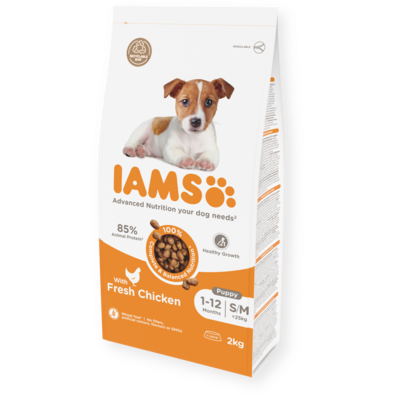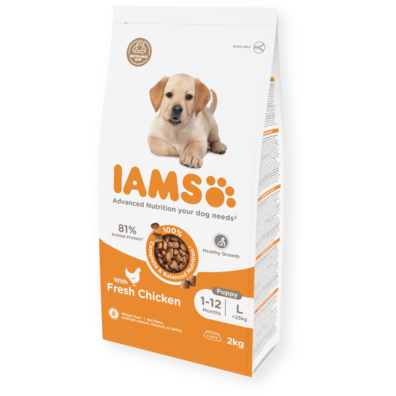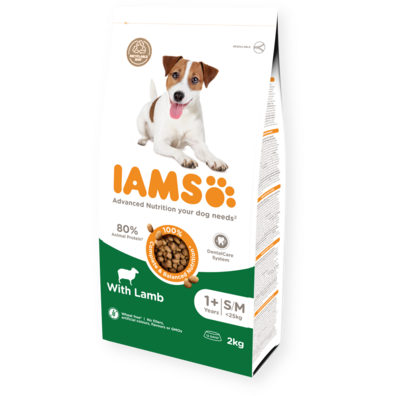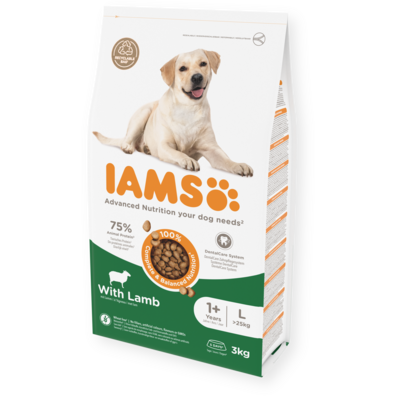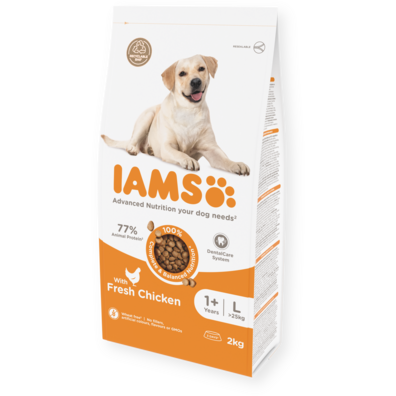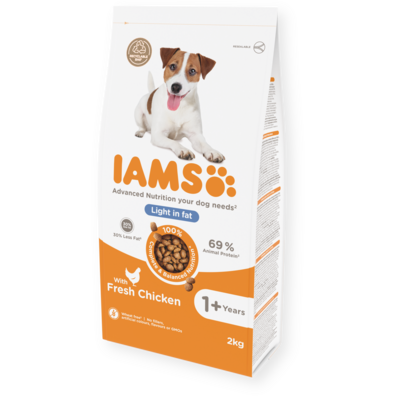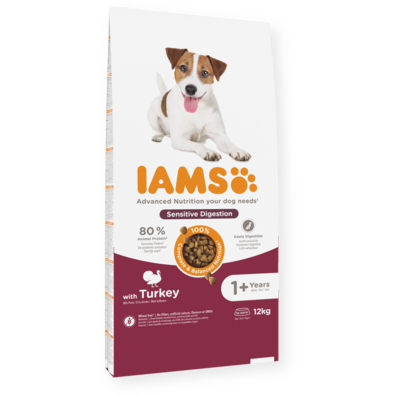Tiny tummies

Tips for feeding your small-breed puppy
Smaller dogs tend to have higher metabolism rates than their larger counterparts, which means they need a puppy feeding diet specifically designed for them. "Small-breed dog food formulas are created to give your dog the right balance of nutrients," says Debra Eldredge, DVM, a veterinarian in upstate New York and co-author of The Dog Owner's Home Veterinary Handbook (Howell House). Here's what you need to know to feed your small-breed pooch.
Customize. The guidelines on the pack are a great starting point, Eldredge says, but "you have to customize it for your dog." For instance, her family has three dogs who all weigh almost the same. But, one is getting twice as much food as the other two, and she's thin. "She just burns it up," Eldredge says. Your dog's breed and activity levels will affect how much food she needs.
Get enough calories. Small-breed puppies, especially toy breeds, can be prone to hypoglycaemia. To keep her blood sugar levels up, you may have to feed her more frequently and up the calories, Eldredge says.
Monitor frequency. Small-breed puppies grow quickly, so during the first six months they need to eat more food and more frequently, generally three to four times a day. After six months, two meals a day are usually sufficient. As your dog gets older and less active, her nutritional needs change, and she may need a formula for mature dogs. Her new food will generally have more protein and fewer calories.
Choose the right bite. Smaller dogs have smaller mouths and teeth, so their food is usually made in a smaller bite size, which is easier for them to chew and swallow.
Establish mealtimes. Don't leave your dog's food out all day. Instead, pick it up after 10 or 20 minutes, Eldredge says. If food is available all day, she may eat out of boredom.
Avoid table scraps. With dog food, your pet is on a balanced diet. Feeding her human food may throw off that balance. The occasional taste of chicken or eggs is okay, but don't make it a daily habit.



